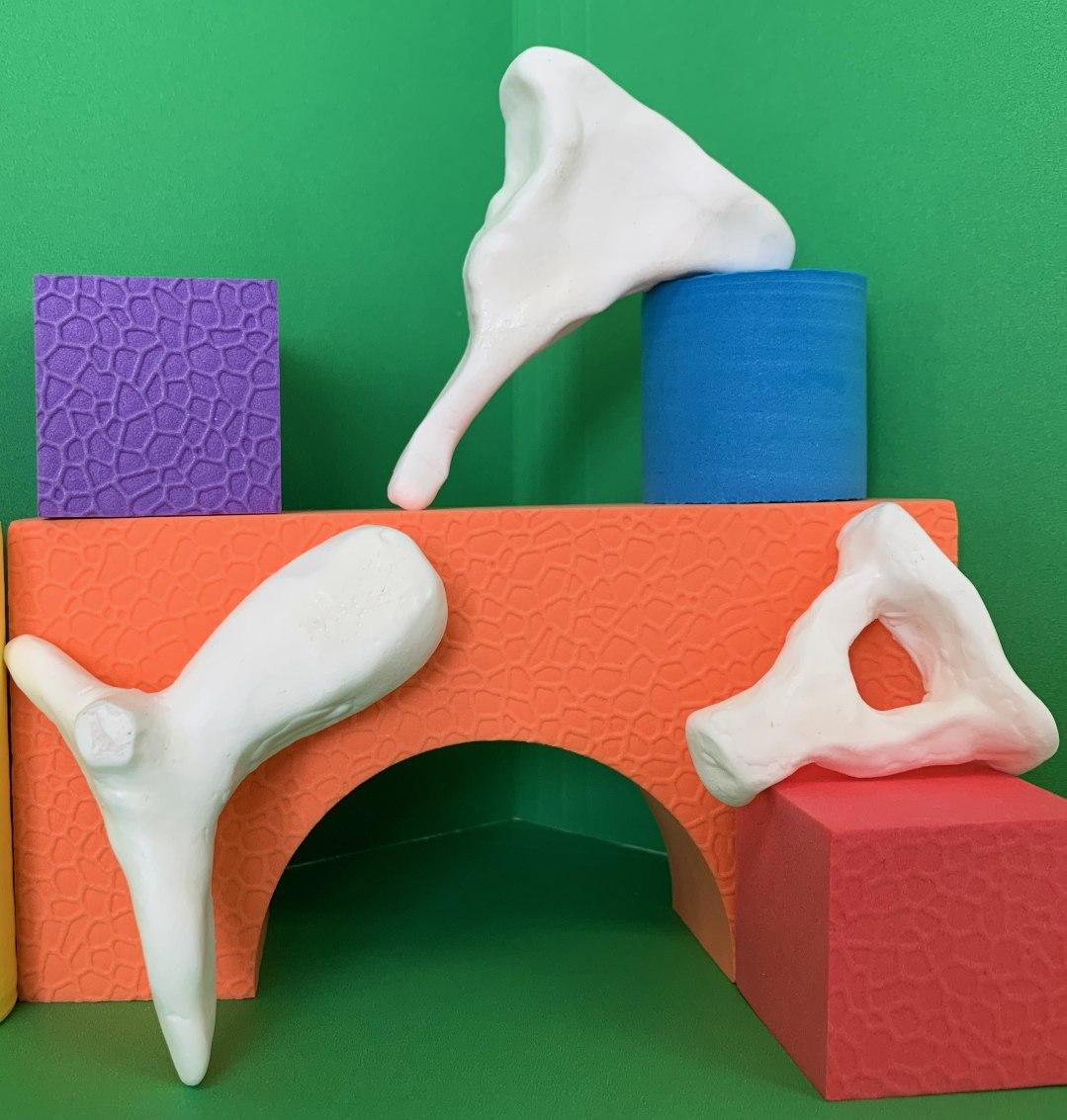The Evolution of Hearing activity is broken into three parts: participants explore how various animals interact with the world through sound, build 3D models of middle ears from multiple species to observe evolutionary processes, and reflect on the multiple ways humans are able to communicate with one another. My personal favorite portion of this kit is the reflection on human communication, achieved through a game in which verbal, non-verbal, and written communication are utilized in a partner activity.
My hope is that participants in the Evolution of Hearing activity not only realize that no species has superior hearing to another, but that this logic also applies to hearing and communication between humans. Regardless of how a human individual experiences the world in relation to sound, there are many ways to communicate that are wholly effective and valid. This kit aims to create an atmosphere in which dialogue related to inclusivity can be cultivated alongside the acquisition of evolutionary knowledge, holding space in a way a lecture-based activity would struggle achieving.
Of course, this activity will always be evolving, adjusted to feedback given and further consideration on how this activity is received with regard to learning styles, language, culture, accessibility, and more. Creating this kit during my internship has been an invaluable experience, and I’m grateful to have contributed to NCSE’s mission through this project.
Anna Ginther is a senior at UC Berkeley studying Integrative Biology and Anthropology. She plans on pursuing a graduate degree in the biological sciences with the intent of one day becoming a college professor. The Evolution of Hearing activity kit is still in production; its activity guide will be available soon. In the meantime, check out all of NCSE's activity kits.


